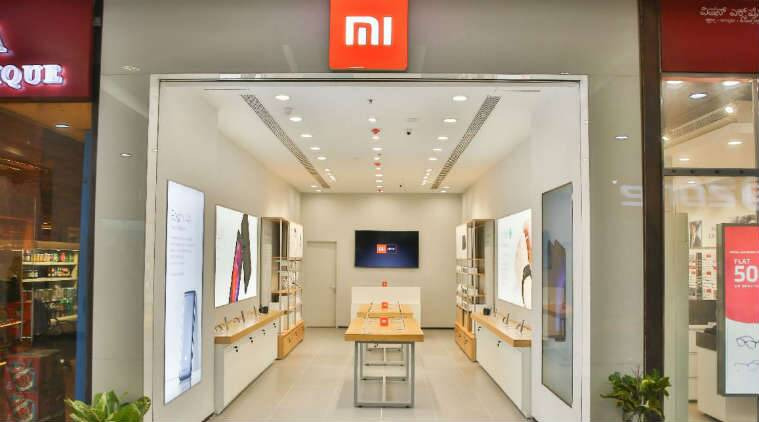Table of Contents
In an effort to regain its standing in the highly competitive Indian smartphone market, Chinese tech giant Xiaomi is redirecting its focus towards bolstering sales through brick-and-mortar retail outlets. The move comes as the company aims to revive its smartphone sales, which have lagged behind its South Korean rival, Samsung.
India’s e-commerce sector has experienced significant growth in recent years, with platforms like Amazon and Walmart’s Flipkart fueling the expansion of companies like Xiaomi in one of the world’s fastest-growing smartphone markets, boasting an impressive 600 million smartphone users. While online sales now constitute 44% of India’s smartphone market, the company recognizes that the brick-and-mortar segment remains the dominant force and expects it to continue growing.
Official Statements from Xiaomi

Muralikrishnan B., the President of Xiaomi India, highlighted the company’s need to strengthen its position in the offline retail space, stating that their market share in physical stores lags significantly behind their online presence. According to data from Hong Kong-based Counterpoint Research, a mere 34% of Xiaomi’s India unit sales this year were derived from retail stores, while Samsung, its main competitor, garnered 57% of its sales from physical outlets.
To address this disparity, they plan to expand its network of stores beyond the current 18,000 and establish partnerships with phone vendors to offer a wider range of products, including TVs and security cameras. By diversifying its product offerings, they hope to tap into less competitive markets within the retail landscape.
The Indian Market
However, the company’s efforts have not been without challenges. Earlier this year, the company lost its leadership position to Samsung, which boasts a larger portfolio of premium phones that are in high demand among Indian consumers. Samsung currently holds a 20% market share in India, while Xiaomi, historically known for its budget-friendly phones, follows closely with a 16% share.
Recognizing the growing trend of premiumization in India, where consumers are willing to spend more on high-end products, they aim to hire more store promoters to enhance the in-store experience. These salespeople will be tasked with attracting potential buyers, pitching Xiaomi’s products, and ultimately closing sales. The company plans to triple the number of store promoters to 12,000 by the end of next year, significantly increasing its physical retail presence.
One major hurdle the company faces in India is a financial setback caused by a freeze on its bank assets, amounting to $673 million, imposed by a federal agency since the previous year. The agency alleges that the company engaged in illegal remittances to foreign entities under the guise of royalties. Xiaomi, however, denies any wrongdoing and expresses confidence that their position will be vindicated through the legal process.
As the brand strives to reestablish its prominence in the Indian market, the company’s strategic shift towards offline retail channels reflects its determination to compete head-on with Samsung and other competitors. By capitalizing on the growing demand for premium products and expanding its physical store network, Xiaomi aims to recapture its position as a leading player in India’s fiercely competitive smartphone market.
Xiaomi’s Competition

Xiaomi’s competition with local smartphone brands in India adds another layer of complexity to its strategic shift. Players like Vivo, Oppo, and Realme have successfully captured the attention of Indian consumers through aggressive marketing and targeted regional offerings. To differentiate itself, the company aims to provide an unparalleled offline retail experience. Their plan includes interactive displays, product showcases, and personalized customer service at physical stores. Furthermore, the company acknowledges the critical importance of after-sales support. Expanding its service centre network and improving customer care facilities will be instrumental in building long-term customer loyalty and trust.













